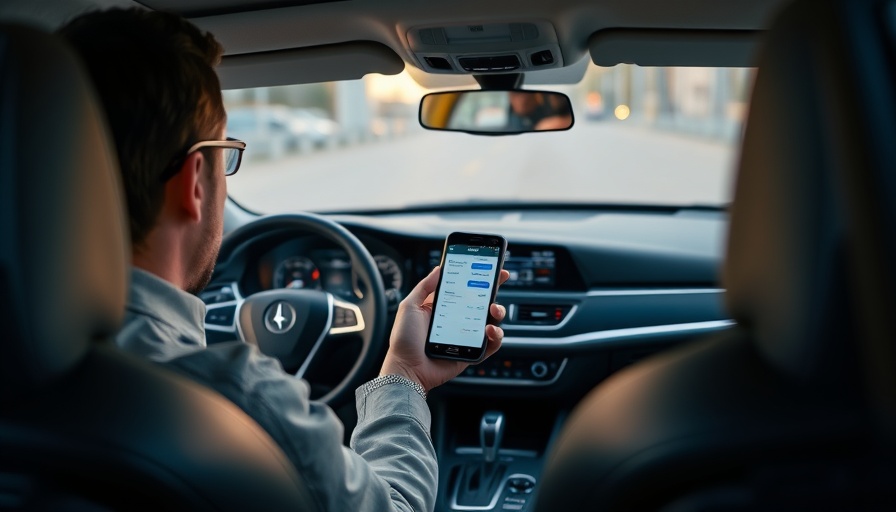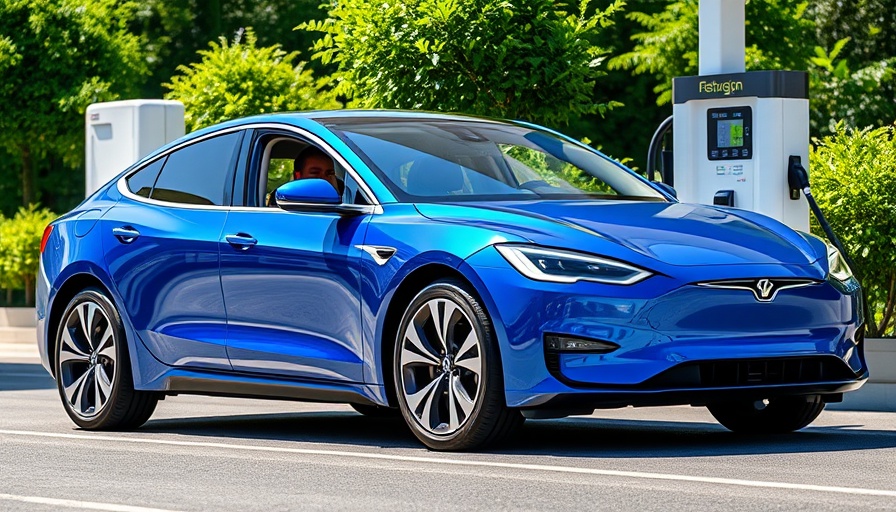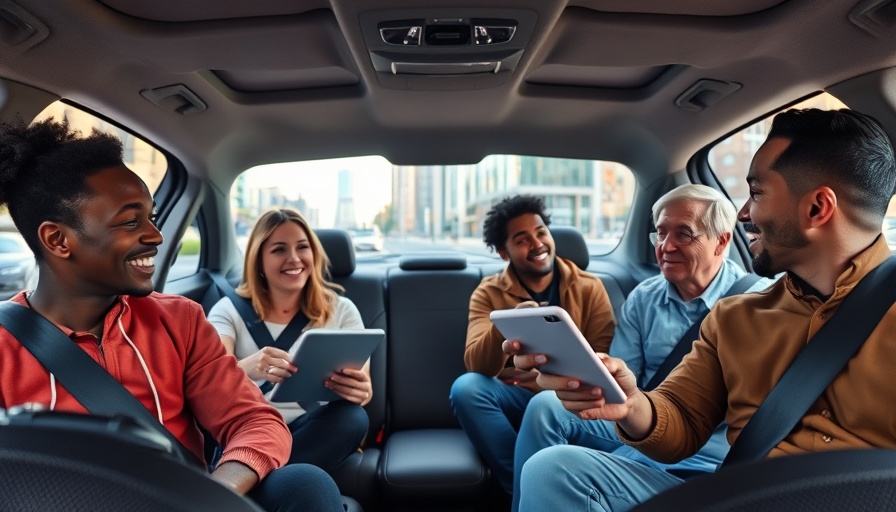
The Insurance Maze for Gig Economy Drivers
Navigating auto insurance as a gig worker can be akin to trying to parallel park in a crowded city block—into a tight space, without the luxury of a backup camera. It's almost a rite of passage for anyone delivering burritos, shuttling passengers, or running errands. But understanding the necessity and specifics of coverage is vital, especially to avoid being caught in a web of liability.
Why Your Personal Policy Might Leave You Exposed
Here’s the kicker: most standard auto insurance policies explicitly exclude coverage for commercial use. If you’re stacking up miles for service giants like DoorDash or Uber, your personal policy could offer you no protection when you're actually on the job. Insurers are savvy—they can easily check your app history after an accident to determine whether you were working and deny claims if you're not covered. Coverage gaps typically arise in the ambiguous periods:
- Period 1 (App Off): Personal coverage usually applies.
- Period 2 (App On, No Gig Yet): This period remains a gray area; some insurers might deny claims here.
- Period 3 (On a Gig): Personal policies often fail to cover you here.
Your Auto Insurance Coverage Options
Before you hit the road, here are some options that can help you ensure you’re covered:
- Rideshare Endorsements: These are add-ons available from insurers, suitable for those who switch between personal and gig driving. With costs averaging $15-$30/month, they patch those awkward in-between driving moments.
- Commercial Policies: Ideal for frequent gig users, but be prepared to shell out $200-$300/month. They provide comprehensive coverage, minimizing guesswork.
- Platform-Provided Coverage: While Uber and Lyft provide some insurance, the high deductibles (often $1,000+) and lower liability limits may not offer the safety net you need.
Key Considerations Gig Workers Often Overlook
Not everything is about premiums; hidden costs can bite you too. Gig workers may forget to track mileage accurately, risking higher charges from insurance companies. Additionally, vehicle depreciation is real; every mile driven for delivery can decrease your car’s value drastically. You might also want to consider gap coverage if your car ends up totaled, as standard policies may leave you with expensive bills.
Enlightening Advice from the Experts
Experienced gig drivers have shared some wisdom worth heeding:
- “Always screenshot your app status after an accident—insurers will dispute whether you were ‘active’.”
- “Bundle policies if you work multiple gigs (like delivery and rideshare) to avoid coverage gaps.”
- “Increase uninsured motorist coverage—you may be surprised at how many other drivers lack adequate insurance.”
The Future of Gig Worker Insurance
The conversation surrounding gig worker insurance is evolving, with some states advocating for better coverage laws. New insurance models, such as pay-per-mile insurance tailored for gig work, are also cropping up. For now, however, it’s on you to bridge the gap with proactive measures.
Ultimately, cutting corners on your insurance is like delivering pizza without proper insulation—when the stakes are high, the consequences can be disappointing. Ensure you’re properly covered, and you’ll be ready for whatever the road throws your way.
 Add Row
Add Row  Add
Add 




Write A Comment